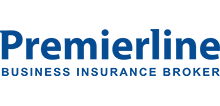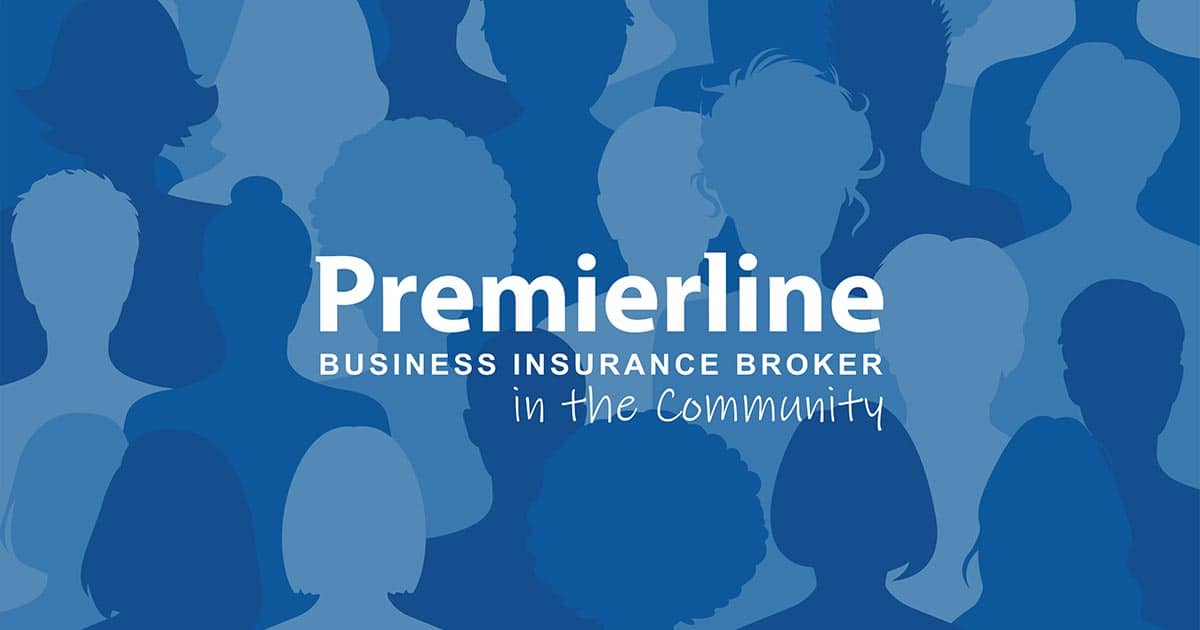Before you consider working at height, we recommend you look at whether or not it is necessary and look for alternatives where possible. HSE outlines a hierarchy of control to give you some guidelines and areas to look out for when assessing a given situation where you may be thinking of working from a height. These are as follows:
- Avoid working at height if possible
- Use an existing safe place of work
- Provide equipment to prevent falls
- Mitigate distance and consequences of a fall
- Instruction and training and/or other means
If you are required to use a ladder, please make sure it is being used correctly. Overstretching, or standing on incorrect equipment to reach a height, for example, can all increase someone’s chance of falling. On top of that, a worker can become complacent when regularly carrying out work from a height, causing a greater chance of an accident. In construction, many workers are up and down ladders all day, whether it is on a building site, customer premises or to gain access to scaffolds. Care should be taken, and employers should help to keep workers safe.
The Work at Height Regulations 2005 (WAHR) requires employers to create safe methods of work to reduce the risk of working from height. They are legally obliged to ensure any task where working from height is required to be suitably planned, supervised and carried out by a competent worker. A risk assessment for each task from height should be carried out, which will include factors such as the weather conditions, the competence and experience of the worker, the place of work, any necessary equipment and specific training required.
The HSE suggests some straightforward and practical measures to help prevent injury when working at height. These include:
- Complete as much of the work as possible from the ground
- Make sure workers can get safely to and from the area in which they are working from height
- Provide suitable, strong and stable equipment for the task, and ensure it is maintained and checked regularly
- Do not overload or overreach when working from height
- When working on or near fragile surfaces take extra precautions
- Provide protection from falling objects
- Establish emergency procedures for evacuation and rescue.
Often ladders are deemed the most suitable equipment for a specific task, especially where the task will take 30 minutes or less and it’s generally considered low risk.
“In fact they can be a sensible and practical option for low-risk, short-duration tasks, although they may not automatically be your first choice. Make sure you use the right type of ladder and you know how to use it safely.” - Health and Safety Executive (HSE)
















